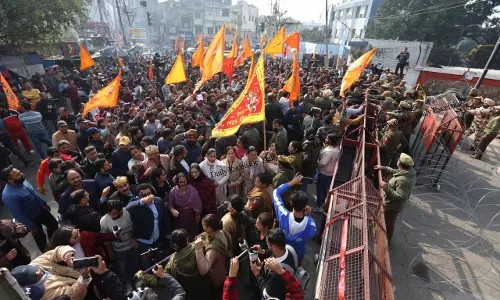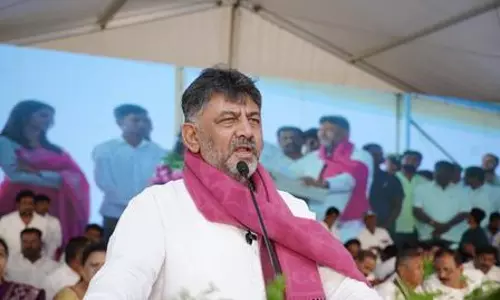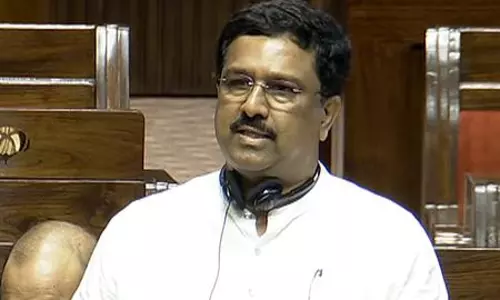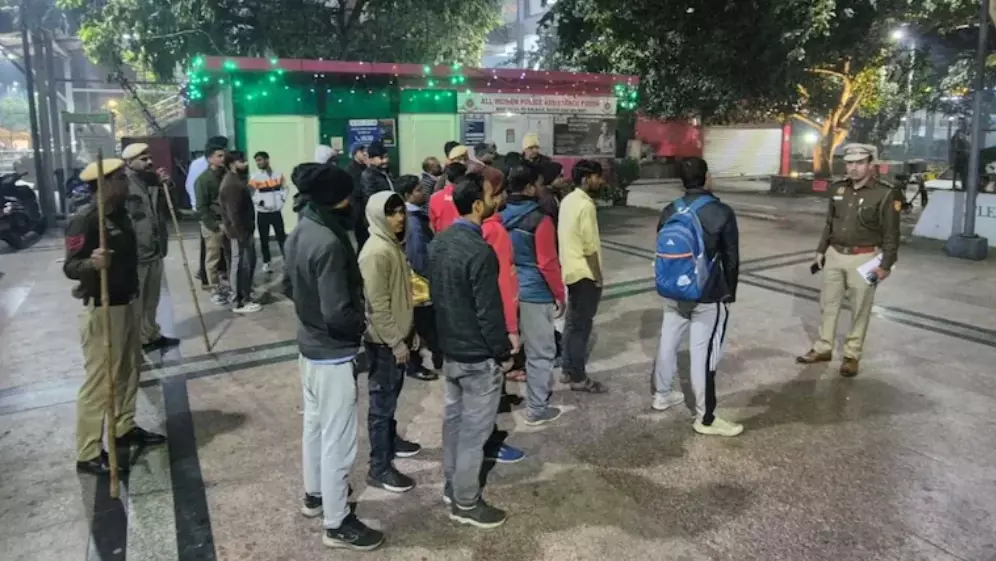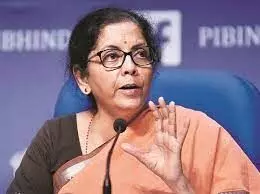
'Agnipath' model in the banking sector
text_fieldsA recent advert in Kerala newspapers calling for applications for clerical cadre in public sector banks (PSBs) ran roughly like this: 6,035 vacancies in banks; Kerala to have 70 openings. If any one wonders why so few vacancies, when many bank branches are struggling under heavy workload - and that is increasing, one will get to know that the vacancies and staff shortage in the banks within the state are not getting reported. For example, Canara Bank, the lead bank of Kerala, with 681 offices and at least that many vacancies did not report a single vacancy. Many other prominent banks, like the Punjab National Bank, which has a large number of branches and vacancies, have not advised their staff shortage to IBPS (Institute of Banking Personnel Selection) which is in charge of recruitment. Opportunities in PSBs were one of the more sought-after employment sectors for educated Indian youth, who look upto it with hope. What makes the banking sector attractive to the youth with an urge to serve was, apart from its decent pay package, the opportunity to experience and be part of, positive changes in lives of people. But the government, which has resorted to contract employment even in the high-security and sensitive military service, is determined that the same method should be adopted in staff selection for PSBs. After the amalgamation of all former State Banks, clerical appointments in State Bank of India currently is almost entirely on contract basis. In a way, the 'Agnipath' model has already been in place in the banking sector.
Such contract appointments are a clear reflection of the economic policies the government envisages for the country. Over some years, the Centre has been ploughing the field for private banks to flourish and expand at the cost of debilitating public sector banks, or decimating them and by rescuing big monopoly firms from liabilities. The first step to this is granting loans to giant companies out of the way from PSBs. Those who take loans to the tune of thousands of crores from the public property of the country won't repay them. And the government makes no effort to recover the loans or to bring back those who abscond from the country. The Central government is interested in deals of the kind wherein, as it happened, a company that incurred a liability of Rs 4,864 crore was made to be taken over by another monopoly in a transaction for a mere Rs 318 crore under the name of one-time settlement, and the balance of Rs 4,564 core was thrust on the shoulders of the PSBs. In a stage when Non-Performing Assets (NPAs) accumulate and stare at crisis, they would declare huge losses and on that basis reduce the number of employees and branches. In financial year 2020-21 and 2021-22, 4,299 branches of PSBs were closed and 13,000 employees retrenched. If in 2020 there were 90,520 PSB branches, now that has come down to 86,221. Some banks that were fetching handsome profits were merged with banks that had run into losses due to NPAs from loans given to tycoons. It was this coupled with privatisation that led to slashing of the number of branches. At the same time, private banks that work on a regime of exorbitant interest and people-unfriendly policies set up branches all over the country. Private banks which in 2012 had 4,023 branches have now burgeoned to 34,342 branches, i.e. a growth of over eight times. When private banks operate purely as a profit-driven industry, it is the PSBs that strive for infrastructure expansion, to offer capital to farmers, for capital creation of women and small entrepreneurs and to reach the government's service sectors and social security schemes to the beneficiaries.
It is worth recalling that it was on a July 19, 53 years ago that India introduced a historic bank nationalisation with the goal of making the banking sector - that was secured by monopoly capitalists and its services - beneficial to the entire country including its farming-rural sectors. It was from then on that people's money started being circulated for the welfare and development of the people, and banking became a habit for the common man used to keeping his money safe under the pillow or in the rice pot. During 2008, the year when economic recession shook global economy, it was PSBs that held India's economy safe and stable. But the current government's path of privatisation is such as will kill all those gains we secured through this path. And any resistance against this trend are as crucial as protecting the national borders and farm lands.




